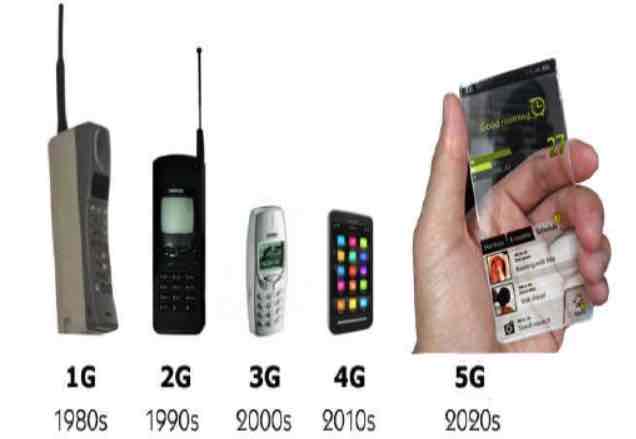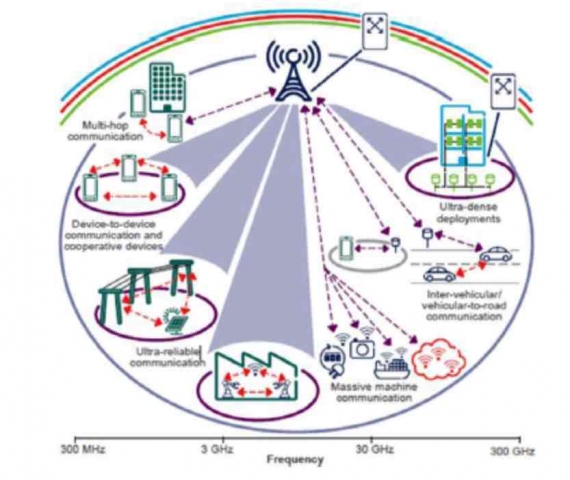Like all horizon technology developments, the promise of 5G (Ok ITU IMT-2020 standard) seems so compelling we can’t help but salivate at the prospects. What’s not to like?

5G will bring super network speeds i.e. 1 to 10 Gbps, with super low latency (1ms end to end round trip), P2P (peer to peer) connection from 10 up to 100 devices, the promise of 90% reduction in network energy usage, (leading to extended device battery life), oh, and the whole world will be in a Wi-Fi zone… Something akin to Nicholo Tesla’s “World Telegraphy System” allowing instant communication of news to individual handheld devices, as he saw it, according to biographer, W. Bernard Carlson’s Tesla: Inventor of the Electrical Age.
But like all new standards, there are caveats, and multiple iterations of what 5G truly is, and what we can reasonably expect. For example, to achieve the benefits mentioned above we are talking about 5G delivered in millimeter waves of 15 gigahertz and higher frequency, not the more recent NR (short for new radio) software standard of the third generation partnership project (3GPP) which only offers incremental improvements over existing 4G radio technology in lower frequencies (600 MHz to 6 GHz).

Beyond the spec, Statista.com has published a recent update that may help give us some visibility on when to expect the 5G build-out. The latest Statista data shows that by 2019 we should see at least 4M devices running on 5G with that number growing to plus 1B (one thousand million) devices by 2023. But don’t expect the EU to see the technology until 2021 with early adoption taking place mostly in North America, Asia and Oceana.
To get there, wireless engineers are working on technology issues including high resolution and bi-directional large bandwidth shaping, new technology to gather all networks on a single platform, improve subscriber supervision tools (to facilitate the quick action) and it’s potential to support more than 60K connections, compatibility with previous generations and heterogeneous services (including private networks).
Other issues need to be worked out to reach the connectivity goal to provide instantaneous, uniform, uninterrupted, and consistent connections – not just locally, or even regionally, but worldwide. 5G’s high increased peak bit rate also brings larger data volume per unit area from its higher system spectral efficiency, all leading to higher reliability, regardless of geography.
At the user level, most devices will not be compatible with 5G, requiring a massive (and expensive) upgrade, not to mention the high cost of infrastructure build-out, and the requirement for added security / privacy. For a great review on the 5G subject check out the tutorialspoint.com articles on 5G integration.
So like most new technologies (particularly infrastructure where no single company owns the process) we still have much to do before we reap all the planned benefits and full 5G deployment is possible. But with the prospects of 5G, now a near horizon technology, may just have visionaries like Nicholi Tesla smiling somewhere up there in the ether…. – Steven Sechrist
 5g Deployment, Source: Ericsson
5g Deployment, Source: Ericsson
Verizon Collaborates with Apple, Google for 5G service
Sprint and LG to Release First 5G Smartphone in the US
Motorola Z3 Smartphone is Forward-Compatible with 5G Networks
Samsung and Cisco Partner with Orange on 5G Technology Demo
Fox to Deliver UltraHD and HDR Video Over 5G at 2018 US Open
Oppo Demonstrates 5G Video Call Demo Using 3D Structured Light Technology

